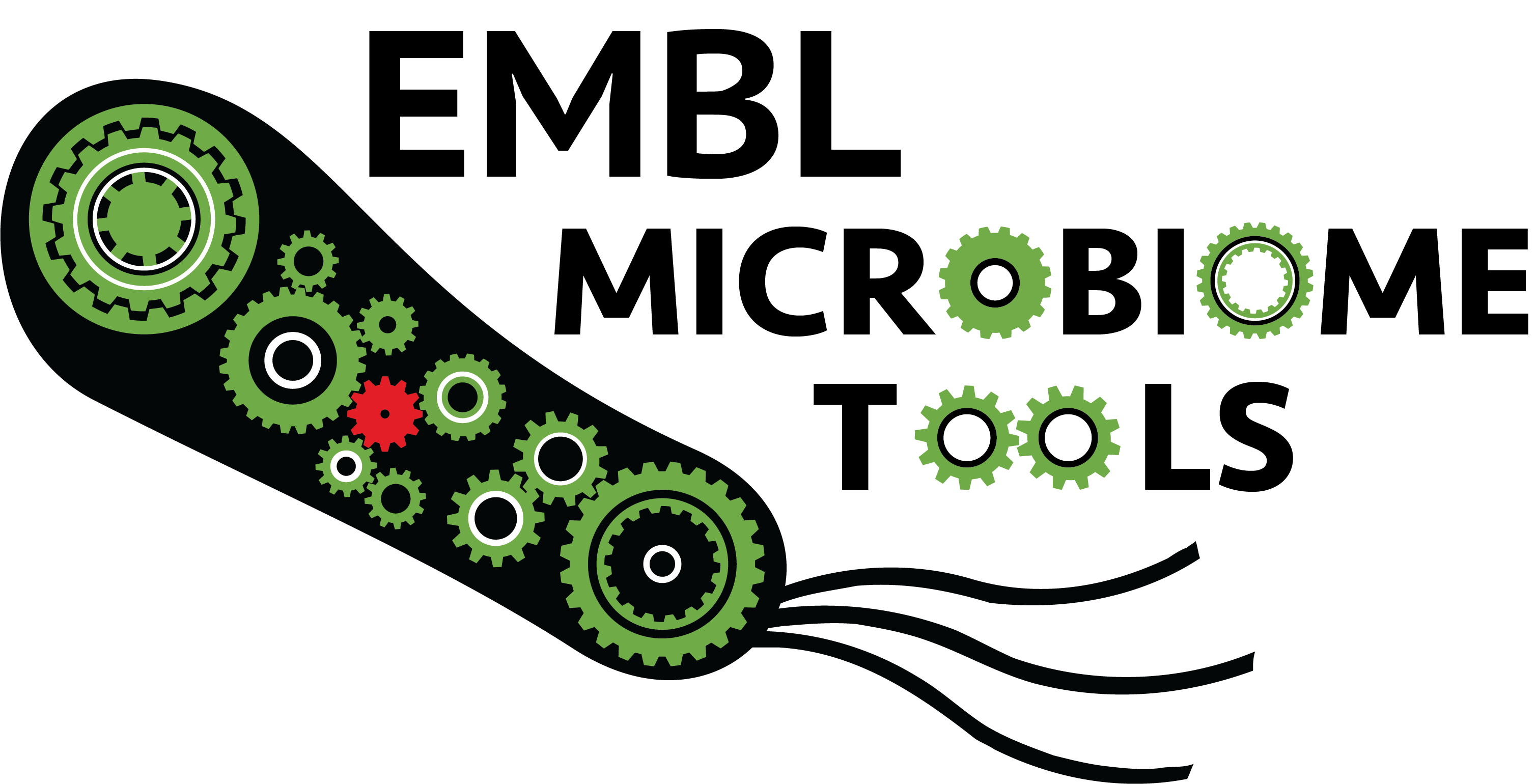|
mOTUs
- Quantifies known and unknown microorganisms at species-level resolution from shotgun sequencing data
- Clusters single-copy phylogenetic marker gene sequences from metagenomes and reference genomes into mOTUs
- Profiles abundances of mOTUs in shotgun metagenomic samples
- Enables identification of novel microorganisms not previously represented in databases
|
|
eggNOG
- Provides orthologous group assignments at over 100 different taxonomic levels
- Offers multiple sequence alignments, maximum-likelihood trees, and broad functional annotations for each group
- Includes comprehensive characterization and analysis of gene families from over 2,000 complete genomes
- Enables users to explore and analyze the evolution of gene functions across different organisms
|
|
iPATH
- Visualizes and analyzes cellular pathways based on current annotations (such as KEGG)
- Provides pathway maps for primary cellular metabolism and secondary metabolite synthesis and regulatory pathways
- Allows users to map their own data onto these pathway maps
- Enables easy exploration and analysis of the functional and metabolic capabilities of (meta-)genomic data sets
|
|
iTOL
- Displays and manipulates phylogenetic trees in a variety of layouts, including circular tree layout
- Offers drawing and annotation features for tree displays
- Exports tree displays in several graphical formats, both bitmap and vector based
- Enables users to easily visualize and analyze large phylogenetic datasets
|
|
Enterotyping
- Detects and characterizes densely populated regions (enterotypes) in high-dimensional space of microbiome community composition
- Stratifies human individuals by enterotype
- Provides computational methods for detecting and characterizing enterotypes in any dataset
- Enables researchers to reproduce previous reports or determine enterotypes in new studies
|
|
SIAMCAT
- Performs statistical inference of associations between microbial communities and host phenotypes (such as disease states)
- Uses LASSO models to avoid overfitting issues and enable model interpretation and biomarker selection
- Offers a modular framework for integrating multiple data types and analysis methods
- Enables identification of potential microbial biomarkers for diseases or other conditions
|
|
proGenomes
- Provides consistent taxonomic and functional annotations for 87,920 bacterial and archaeal genomes
- Enables interactive exploration and download of subsets of the database (e.g., by taxonomic clade or habitat)
- Offers customization options for subsets of organisms (e.g., representatives of each species or habitat-specific organisms)
- Facilitates research on microbial ecology and evolution
|
|
NGLess
- Provides a domain-specific language for next-generation sequencing data processing with a focus on metagenomics
- Implements the NG-meta-profiler workflow, which efficiently and reproducibly performs sequence preprocessing, mapping to reference databases, filtering of the mapping results, and profiling
- Offers flexible and customizable workflows for analyzing metagenomic data
- Enables researchers to easily integrate NGLess into their existing bioinformatics pipelines
|


